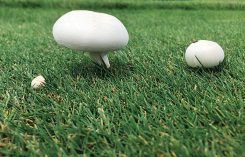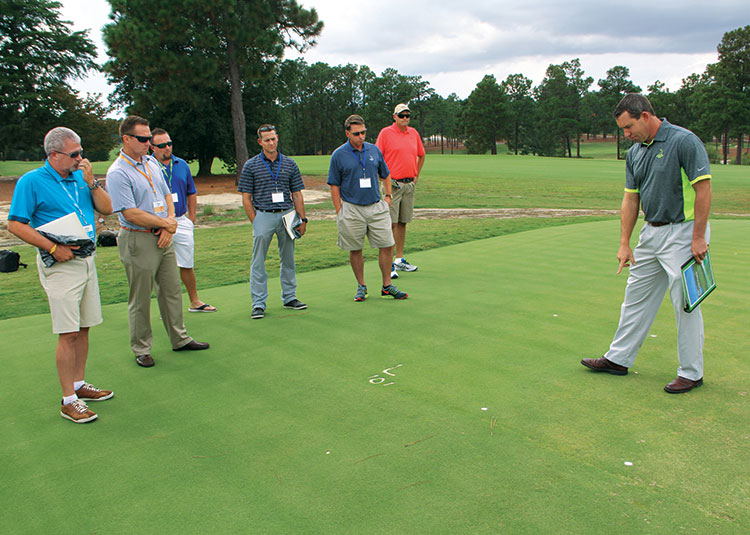Data that forecasts ET is now at your fingertips
Wouldn’t it be nice to know the forecast ET (evapotranspiration) when making decisions about irrigation? And wouldn’t it be even better if that information were available for free and at your fingertips? The forecast reference ET (FRET) is available nationwide ...Read More







